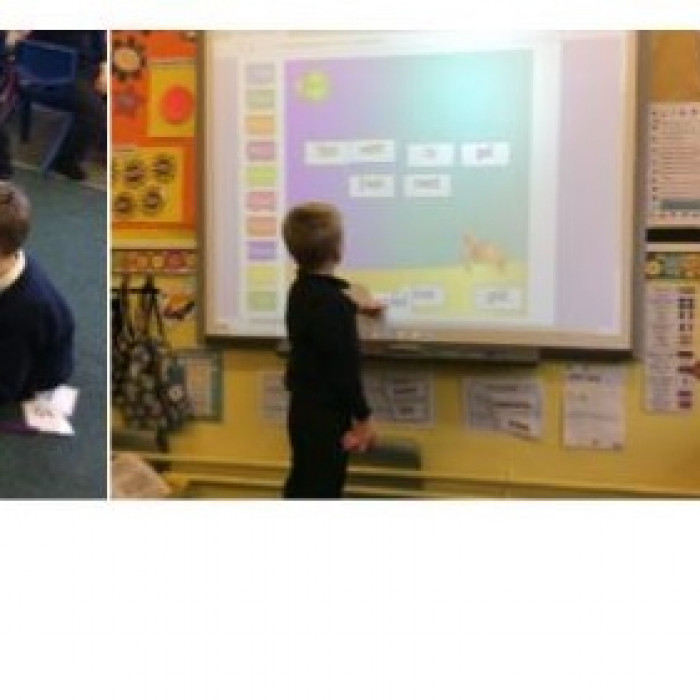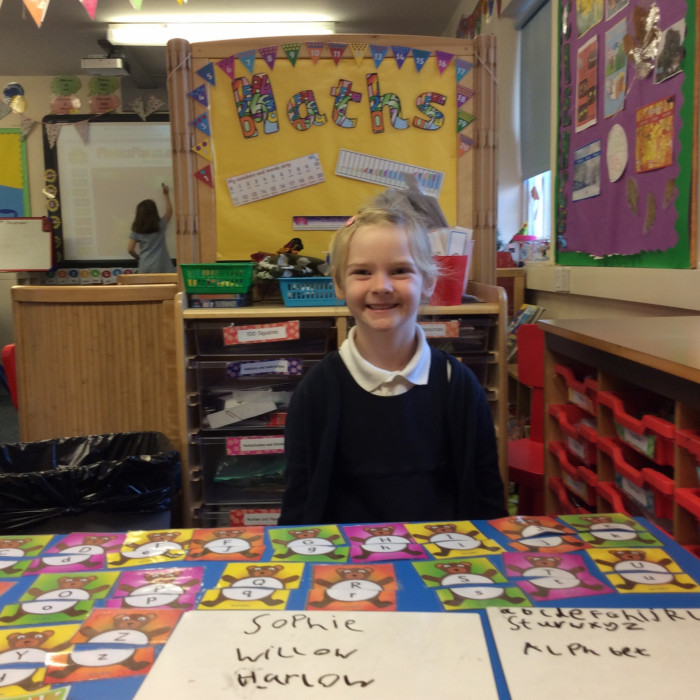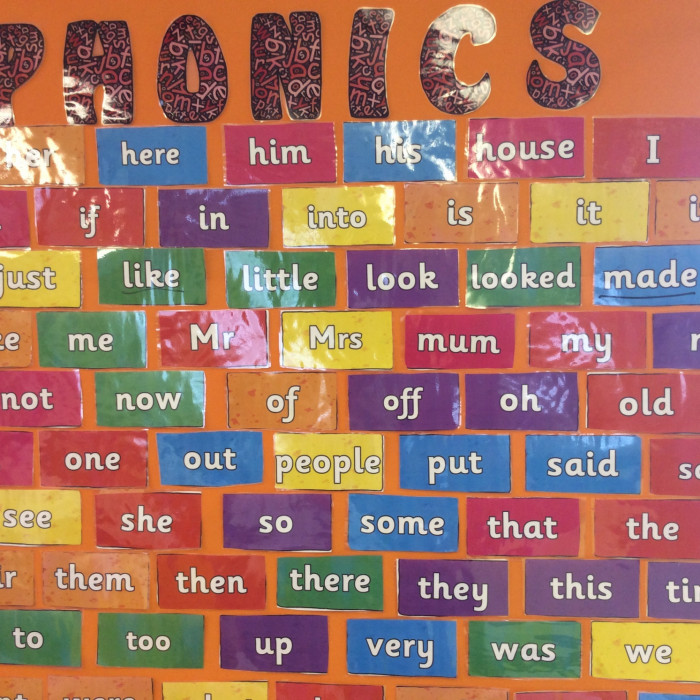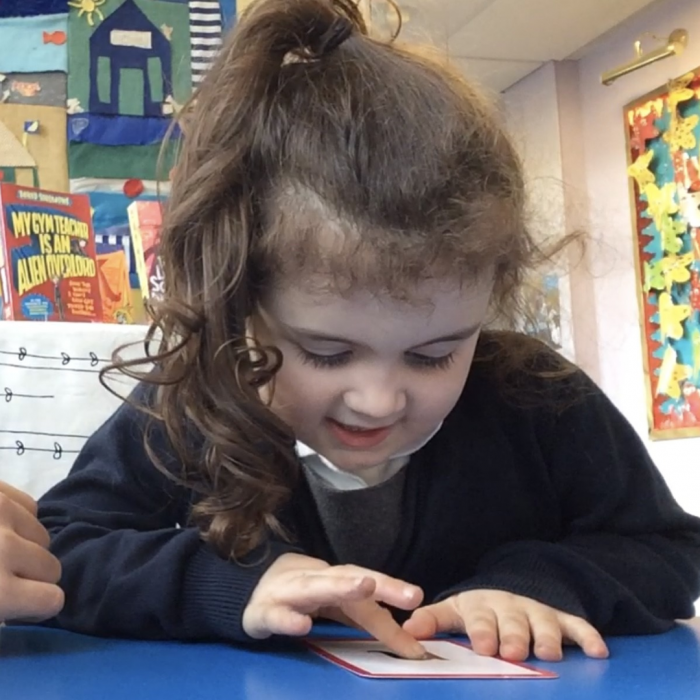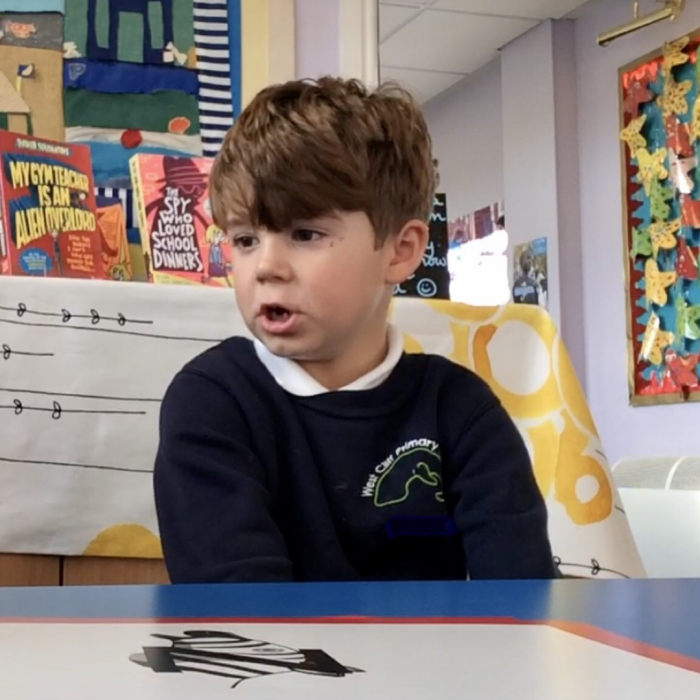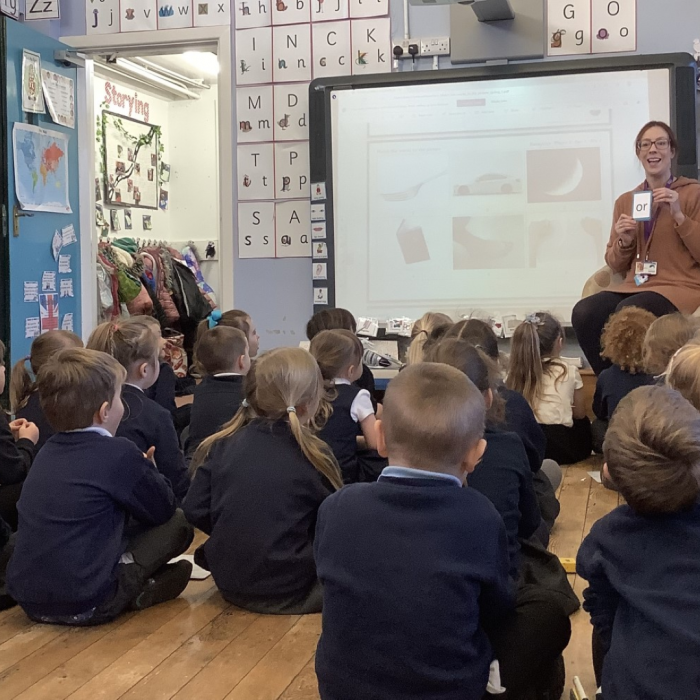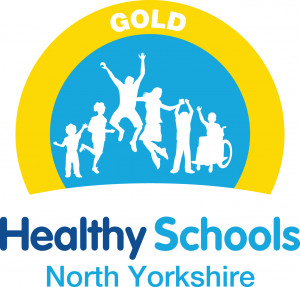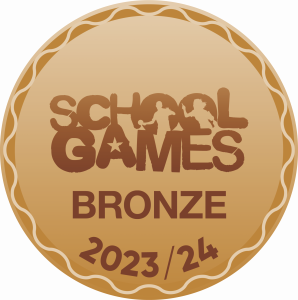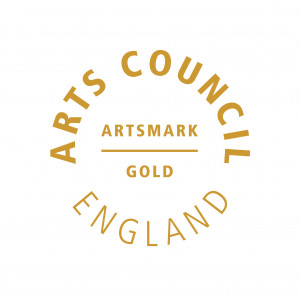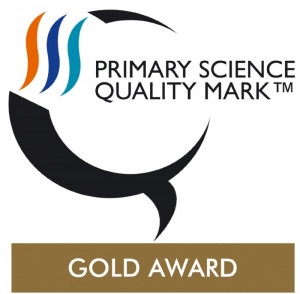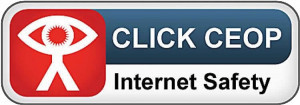Phonics
"A love of reading is the biggest indicator of future academic success."
OECD
At West Cliff Primary School, we believe that all our children should have an opportunity to become fluent readers and writers in a fun and creative manner.
We encourage all children to develop a love and enjoyment of reading and aim to do this by providing a stimulating learning environment that is rich in language and also through exposure to a variety of high-quality texts.
Click here to visit our English page
Intent
The aims of the phonic curriculum at West Cliff Primary school are to enable pupils to:
- ensure they possess a developing phonic knowledge that they can independently apply; enhancing spelling skills through carefully planned practice, rigorous assessment, and intervention.
- instil confidence with their encoding and decoding skills.
- experience opportunities to deepen their understanding through applying their skills across all areas of the curriculum.
- celebrate their achievements with their development and progression.
Implementation
All children receive reading teaching through Little Wandle Letters and Sounds Revised, which is a systematic and synthetic phonics programme. This is delivered in a fun, practical and interactive manner and begins on week 2 of the autumn term in Reception and Year 1. We teach phonics in Nursery/Reception and Year 2. We follow the Little Wandle Letters and Sounds Revised progression, which ensures children build on their growing knowledge of the alphabetic code, mastering phonics to read and spell as they move through school. As a result, all our children are able to tackle any unfamiliar words as they read.
At West Cliff Primary School, we also model the application of the alphabetic code through phonics in practice reading sessions and writing, both inside and outside of the phonics lesson and across the curriculum. We have a strong focus on language development for our children because we know that speaking and listening are crucial skills for reading and writing in all subjects.
Please follow the link below to see the full programme overview which shows the progression of GPCs and tricky words that we teach term-by-term. The progression has been organised so that children are taught from the simple to more complex GPCs, as well as considering the frequency of their occurrence in the most commonly encountered words. All the graphemes taught are practised in words, sentences, and later on, in fully decodable books. Children review and revise GPCs and words, daily, weekly and across terms and years, in order to move this knowledge into their long-term memory.
Children who are not keeping-up with their peers are given additional practice through keep-up sessions which may involve an individual or small group approach. The progression is closely monitored and adapted as required.
Our ongoing, 6-weekly assessment of pupils’ phonics progress is sufficiently frequent and detailed to identify any pupil who is falling behind the programme’s pace. If any child does fall behind, targeted support is given immediately through daily 'keep up' sessions.
Any child who needs additional practice has daily Keep-up support, taught by a fully trained adult. Keep-up lessons match the structure of class teaching, and use the same procedures, resources and mantras, but in smaller steps with more repetition, so that every child has an opportunity to secure their learning.
If any child in Year 2 to 6 has gaps in their phonic knowledge when reading or writing, we plan phonics ‘catch-up’ lessons to address specific reading/writing gaps. These short, sharp lessons last 10 minutes and take place at least once a week.
During the spring and summer terms Year 2 children also build the alphabetic code with the Little Wandle Spelling programme which provides a seamless link from the core Little Wandle Letters and Sounds programme, to learning spelling in Year 2 and above.
The spelling programme follows a familiar structure of Little Wandle phonics lessons, supporting children to make links to their phonics learning. Lessons build on prior knowledge to ensure children always start from a point of secure understanding.
NEW-UP-LW-Spelling_Programme-progression_Aug-23-1.pdf
Impact
Children enjoy and have confidence in their phonics learning which is transferred into their skills to support their reading for pleasure and writing.
Through the teaching of systematic phonics, our aim is for children to become fluent readers by the end of Key Stage 1. Attainment at the end of Year 1 is measured using the Government Statutory Assessment Tool known as the Phonics Screening Check.
Children will also be assessed through their teacher’s ongoing formative assessment as well as through the half-termly Little Wandle Letters and Sounds Revised summative assessments.
Key Vocabulary
- Blend– saying the individual sounds that make up a word and then merging or blending the sounds together to say a word.
- Digraph – two letters which together make one sound. Eg: ee, oa, ea, ch, ay.
- Grapheme – written letters or a group of letters which represent one single sound (phoneme). Eg. a, l, sh, air, ck.
- Phoneme – a single sound that can be made by one or more letters. Eg: s, k, z, oo, ph, igh.
- Phonics – phonics teaches children to listen to and identify the sounds that make up words. This helps them to read and write words.
- Segment – this is the opposite of blending. Splitting a word up into individual sounds.
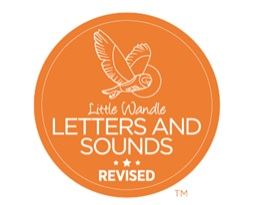
Useful websites for Pupils and Parents and Carers
Little Wandle Letters and Sounds support for parents.
https://www.littlewandlelettersandsounds.org.uk/resources/for-parents/
Visit the Little Wandle parent page here
